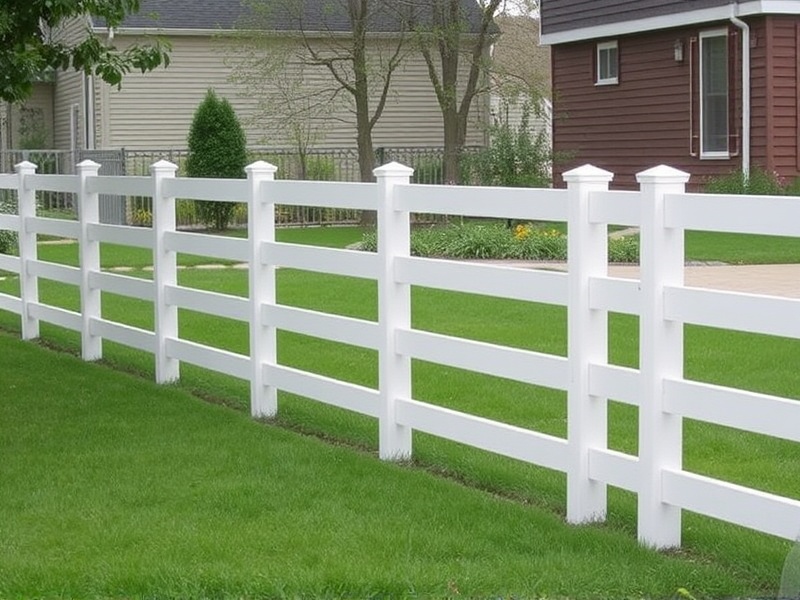Our Location
304 North Cardinal St.
Dorchester Center, MA 02124
Learn how to select the best composite materials for your 2 rail fence to ensure longevity and appearance.

Composite fencing has become a popular choice for homeowners and commercial property owners due to its durability, low maintenance, and aesthetic appeal. When it comes to 2 rail composite fencing, the material you choose can significantly impact the longevity and appearance of your fence. This article will provide guidance on selecting appropriate composite materials for 2 rail fences, focusing on factors like UV resistance, weather durability, and color consistency.
When choosing the right material for a 2 rail composite fence, several key considerations should be taken into account. The primary factors include UV resistance, weather durability, and color consistency. Each of these elements plays a crucial role in determining how well the fence will withstand the elements and maintain its appearance over time.
One of the most critical aspects of choosing composite fencing material is its ability to resist ultraviolet (UV) rays. Exposure to sunlight can cause degradation of the material, leading to fading, cracking, and other forms of damage. High-quality composite materials are engineered with UV inhibitors that help protect the fence from sun damage. For instance, some brands use a special coating or incorporate UV-resistant additives directly into their formulations. Look for products that explicitly mention high UV resistance in their specifications.
The weather conditions in your area will also play a significant role in the selection process. Areas with frequent rain, snow, or extreme temperatures require materials that can withstand these harsh conditions without warping, swelling, or deteriorating. Composite materials made from recycled wood fibers and plastic resins are often more resistant to moisture and temperature fluctuations compared to traditional wood fencing. Brands like Fiberon and Trex have developed advanced composites that perform exceptionally well in diverse climates.
Maintaining consistent color throughout the life of the fence is another important factor. Composite materials are available in various colors, but not all options offer the same level of color retention. Some manufacturers use dyes that fade quickly when exposed to sunlight, while others incorporate pigments that remain vibrant over time. It’s essential to research the specific dyes used by different brands and read customer reviews to gauge the long-term performance of their color options.
Choosing the right 2 rail composite fencing material involves careful consideration of factors such as UV resistance, weather durability, and color consistency. By selecting a product that excels in these areas, you can ensure that your fence remains beautiful and functional for years to come. Always check product specifications, read reviews, and consult with experts to make an informed decision.